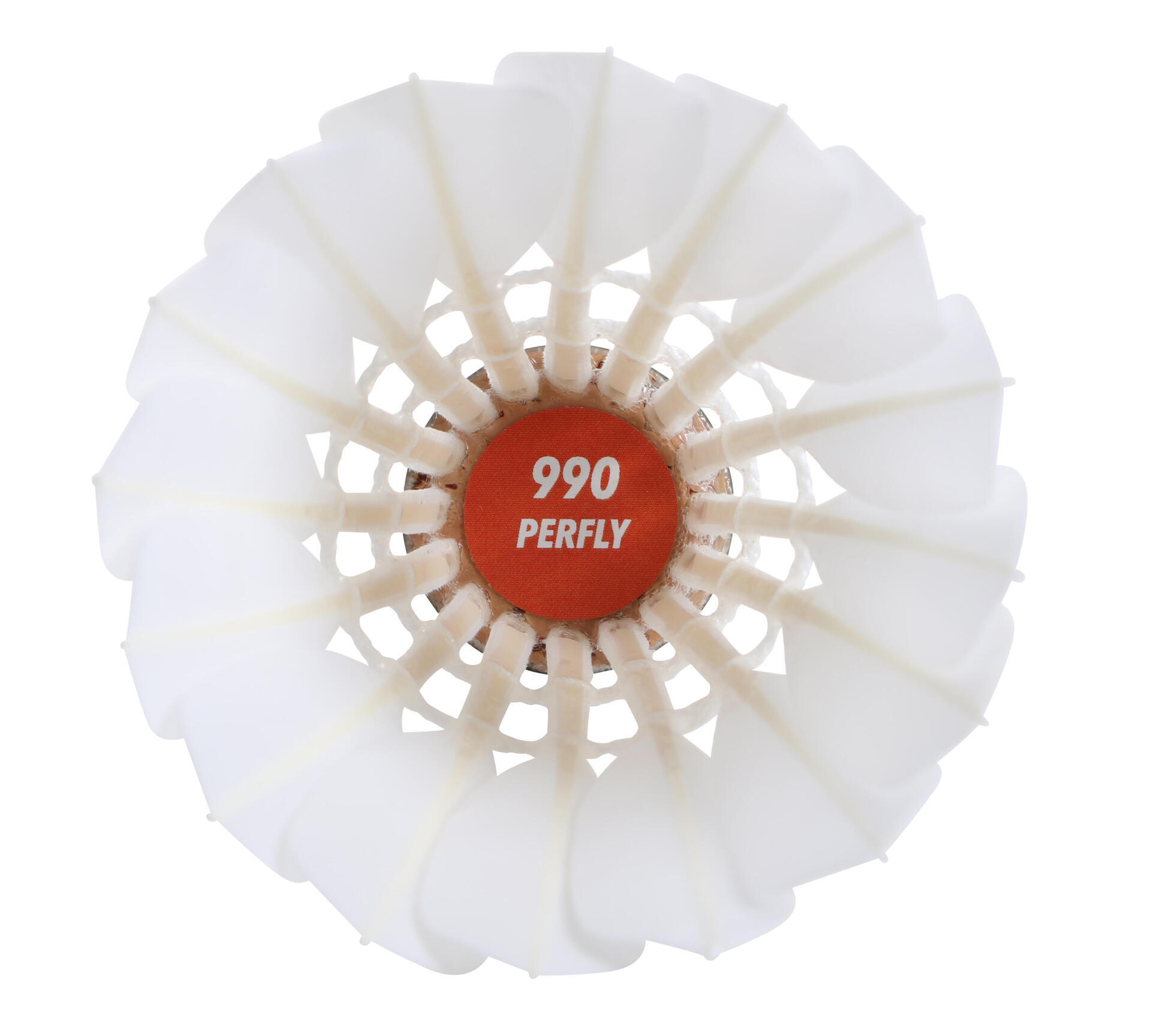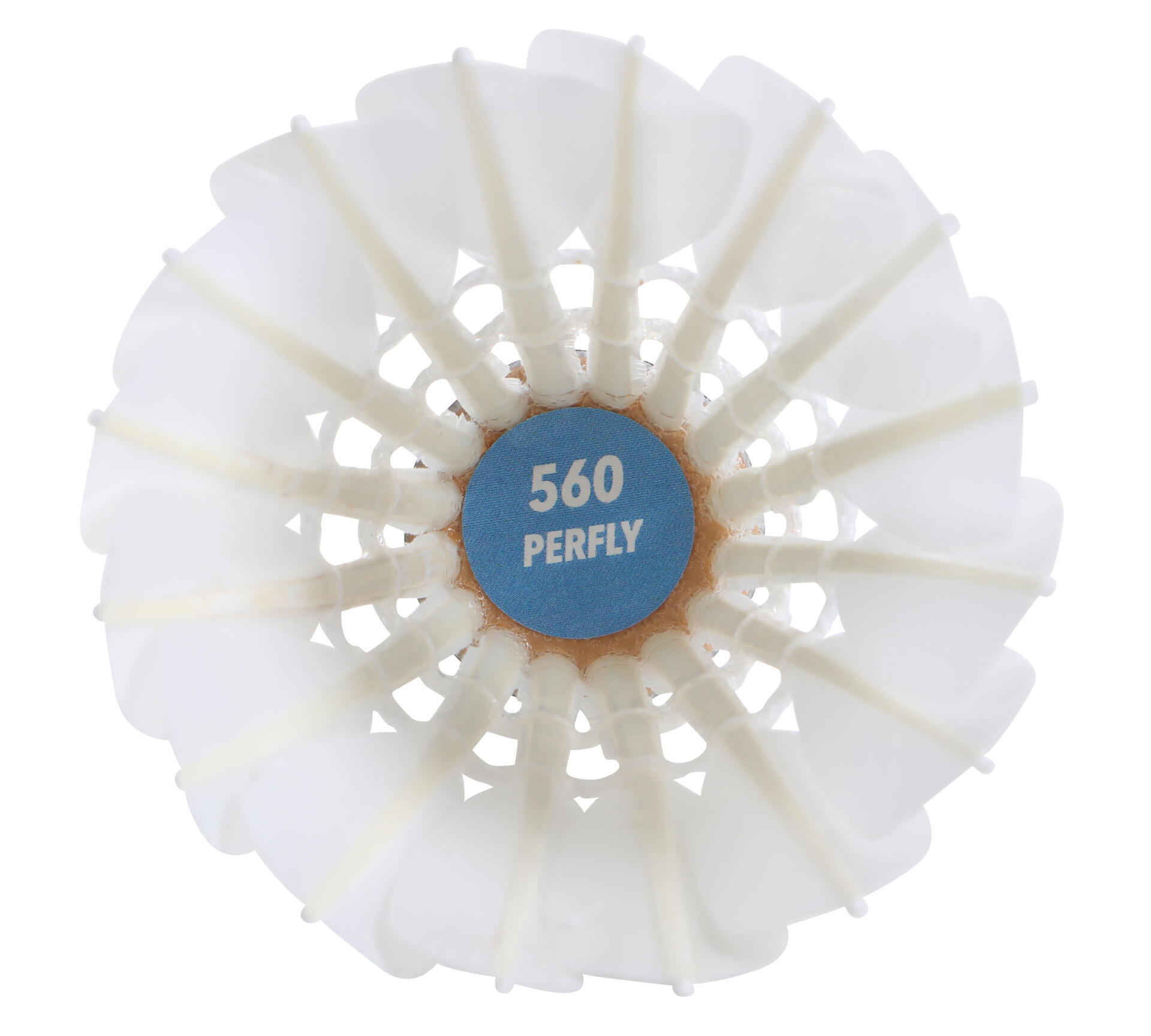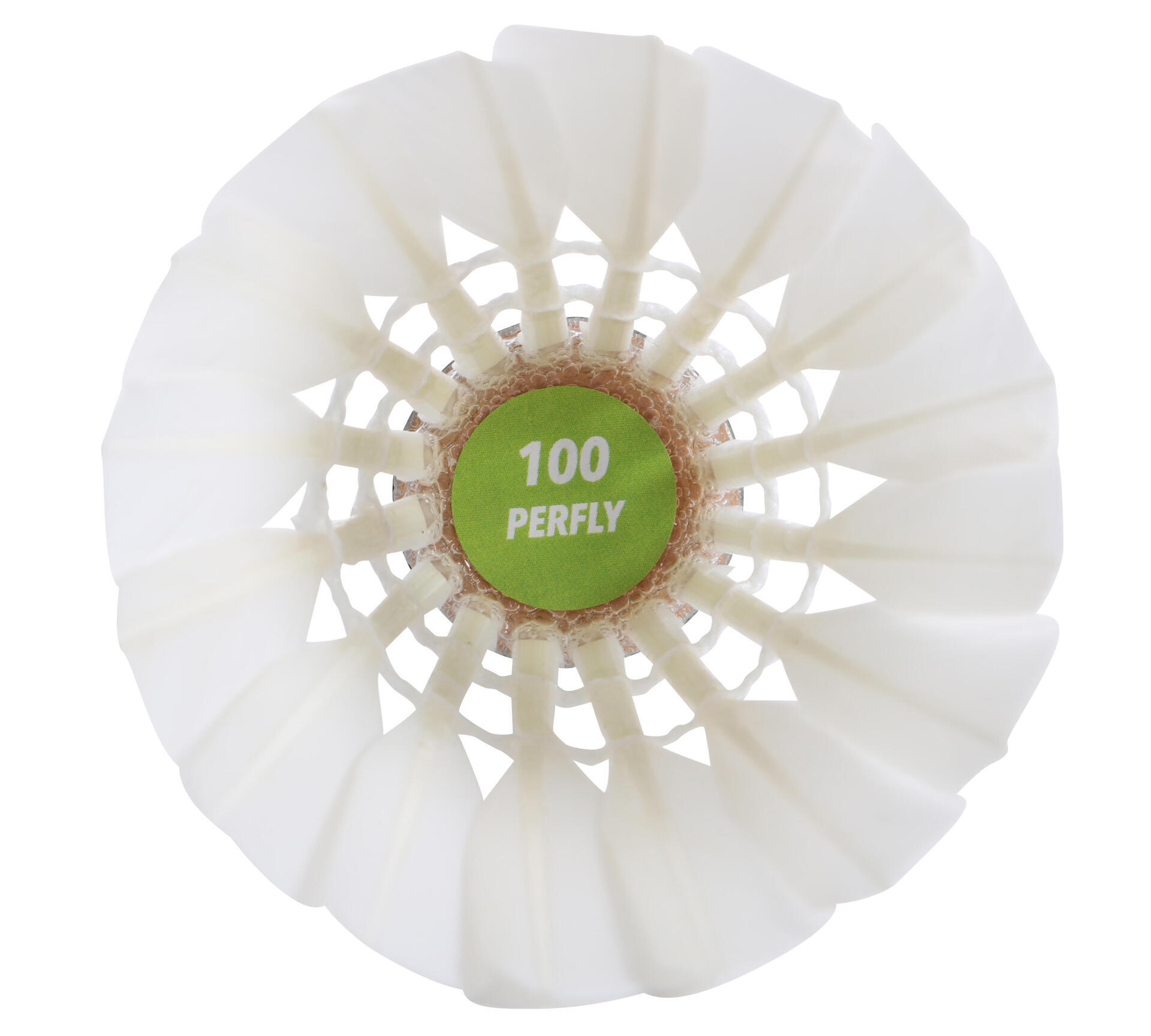HOW TO CHOOSE A SHUTTLECOCK BASED ON SKILL LEVEL
The skill level is the main reference when considering how to choose a shuttlecock. Different skill levels should choose shuttlecock in different materials.
The skill level is the main reference when considering how to choose a shuttlecock. Different skill levels should choose shuttlecock in different materials.




You might often notice numbers on top of the tube:76, 77, 78, 79 or 1, 2, 3, 4. What do these labels mean? How to choose a shuttlecock when looking at these labels? The smaller the label value (lighter weight), the slower the speed, and the larger the label value (heavier weight), the faster the speed. ~The shuttlecock is very light. The speed is determined by the weight of the shuttlecock.;Secondly, the temperature, and the altitude of the court also have a great impact on its weight.
In general, we should play with a light weight shuttlecock in high temperature, high humidity, or high altitude in summer. ~In contrast, a heavier shuttlecock will be a better choice when the temperature is low, the climate is dry, the humidity is small, or the low altitude in winter.
- The best natural shuttlecock feathers are taken from the left wing of the goose
- Badminton is the fastest sport in the world
- The fastest badminton smash record in history is 439km/h
- In an international tournament, it is possible to use up to 50 shuttlecocks in one game.